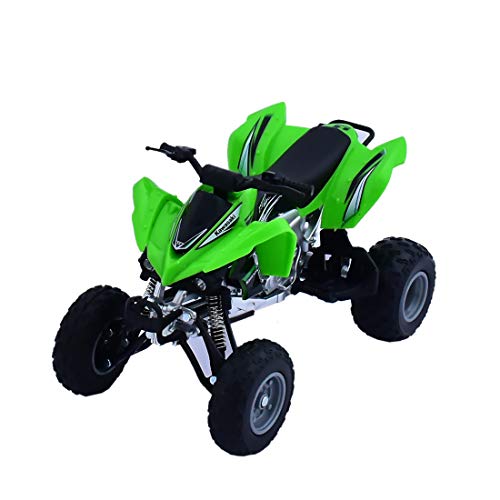No products in the cart.
Fun Facts
Fat Biking: A Unique Winter Adventure on Two Wheels
 Fat Biking: A Unique Winter Adventure on Two Wheels
Fat Biking: A Unique Winter Adventure on Two Wheels
Fat biking, a relatively recent addition to the world of cycling, offers an exhilarating way to explore winter landscapes. Unlike traditional bicycles, fat bikes are equipped with oversized tires, typically 3.8 inches or wider, which enable them to navigate through snowy trails, sandy beaches, and other soft, unstable terrain with ease. This unique feature not only favors fat bikes from their slimmer counterparts
The Rise of Fat Biking
The concept of fat biking originated in the late 20th century, with the design aimed at allowing riders to traverse snow-covered trails and other challenging surfaces where standard bikes would falter. Initially a niche interest among extreme sports enthusiasts and adventure seekers, fat biking has grown in popularity, becoming a favorite winter activity for cyclists of all levels.
Design and Features
The hallmark of a fat bike is its oversized tires, which range from 3.8 inches to 5 inches in width, mounted on wider rims to accommodate their girth. These large, low-pressure tires provide increased surface area, resulting in way better traction . This allows fat bikes to glide over terrain that would be challenging or impossible for standard bikes to navigate, offering a smoother ride in conditions that would typically hinder cycling activities.
1. Year-Round Adventure: Fat bikes extend the cycling season into the winter months, allowing enthusiasts to continue their outdoor adventures despite the snow. They also perform well on trails, beaches, and even mud, making them a versatile option for all seasons.
2. Fitness and Health: Fat biking provides an excellent cardiovascular workout, helping to improve endurance and strength. The effort required to pedal through snow and soft terrain means that riders can burn more calories making it an effective exercise for maintaining fitness during the winter.
3. Accessibility: One of the greatest advantages of fat biking is its accessibility. Riders of all skill levels can enjoy fat biking, from beginners to experienced cyclists. The stability provided by the wide tires offers confidence to those new to off-road cycling, making it an inclusive activity for everyone.
4. Environmental Impact: Fat biking has a minimal environmental impact, making it a sustainable way to explore natural landscapes. The wide tires disperse pressure over a larger area, reducing the likelihood of trail damage, particularly in sensitive ecosystems.
Tips for Getting Started
1. Gear Up: Investing in the right equipment is crucial for a safe and enjoyable fat biking experience. Essential gear includes a well-fitted helmet, gloves, and layers of clothing that can be adjusted according to weather conditions. Eye protection is also recommended to shield against snow glare and debris.
2. Start Slow: For those new to fat biking, it’s important to start slow and get accustomed to the bike’s handling on different surfaces. Practicing on flat, open areas can help build confidence before tackling more challenging trails.
3. Trail Etiquette: Respecting trail rules and etiquette ensures a positive experience for all users. This includes yielding to pedestrians and other trail users, staying on marked trails to protect the environment, and being mindful of wildlife.
4. Join a Community: Connecting with a local fat biking community or club can provide valuable insights, tips, and companionship. Many communities organize group rides and events, offering a great way to learn and enjoy the sport together.
The Future of Fat Biking
As technology advances and interest in outdoor activities continues to rise, the future of fat biking looks promising. Manufacturers are constantly innovating, creating lighter and more efficient bikes that enhance performance and comfort. Meanwhile, the growth of fat biking communities and events around the world underscores the sport’s rising popularity and its potential to bring people together in the great outdoors.



